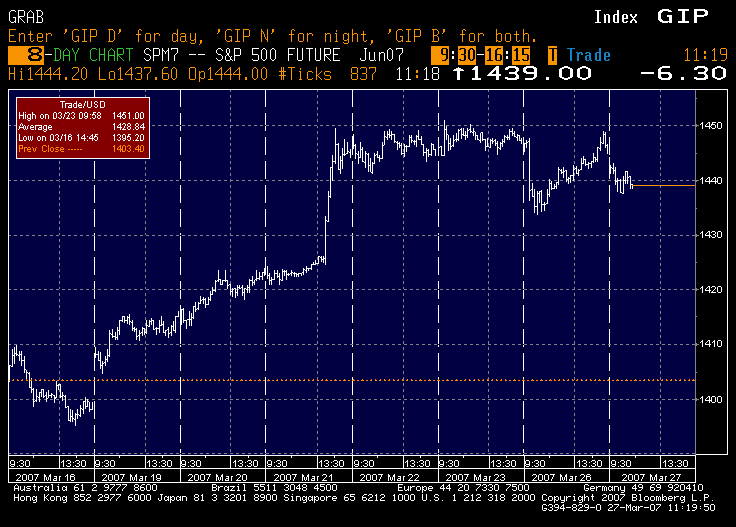Niederhoffer s Negative Equity Correlation Strategy Still Gains 9 3%
Post on: 23 Июнь, 2015 No Comment

R. G. Niederhoffer Capital Management finished 2013 up 9.3% in the fund’s flagship diversified program, according to an investor letter reviewed by ValueWalk. The funds benchmark, the Newedge Short Term Traders Index, was up 3.52% on the year.
Positive performance typically during periods of stock market turbulence
This represented the fund’s best performance in any year that the stock market rose by more than 20%. Positive performance during generally negative market environments is a noteworthy achievement for a trading strategy. The fund typically performs positively during market environments of heavy price volatility, periods of time when stock market performance can be challenging. The fund generated a 51% return in 2008, for instance.
Niederhoffer ended the year with a -0.2 correlation to the S&P 500 which is unusual as many hedge funds and CTAs exhibit a positive correlation, typically +0.2 to +0.7 depending on the strategy and year. Much of this correlation divergence can be explained by the firm’s rather unique trading strategy and time frame. Founded in 1995 and known primarily as a short term momentum trading strategy, the fund currently has $503 million under management. Most CTAs trade mid to longer range momentum strategies.
2013 Niederhoffer found the foreign exchange markets most profitable, up 10%, followed by fixed income, up 7%. Equity trading was flat and the commodity markets generated a loss of -5%.
2013 was Risk On: Niederhoffer
“Looking at 2013, it was once again the story of “risk-on,” with the S&P 500 and other equity markets outperforming pretty much everything,” Niederhoffer said in the letter. “Even though hedge funds were up, it certainly can’t be considered a good year for hedge funds given the tremendous underperformance relative to the S&P 500 and the lingering memory of 2008, in which hedge funds lost nearly as much as the S&P 500.”
Unusual beta and equity correlations for CTAs
When considering his positive relative performance, Niederhoffer noted the historical high correlation of CTAs to the S&P 500 and the high Beta factor. “(2013) was a particularly challenging year for CTAs, who of course are dominated by trend-following strategies,” the letter noted. “CTAs as an asset class produced -9% of alpha. The reason for this is the very high positive correlation and Beta of CTAs to the S&P 500(INDEXSP:.INX). currently standing at record levels of +0.35 weekly Beta and +0.53 weekly correlation to the S&P 500. The high levels of equity correlation and Beta reflect not only the strong uptrend in equities but also the continuing tendency of larger CTAs to add long-oriented (though supposedly not “long-only”) strategies to their programs.”
Warning to equity investors
Niederhoffer has a warning for investors thinking 2013 is going to repeat itself. “It is extremely important for investors to recognize that many of the managers who were successful in 2013 did so by making money from long equity positions rather than by providing positive alpha,” the letter ominously noted. “Should the stock market turn downward quickly, there may be severe damage. Indeed, results from the first week of 2014 suggest that the susceptibility to even small equity downdrafts is nothing short of extreme right now. That small equity decline resulted in quick losses for CTAs and hedge funds, though hedge funds have subsequently recovered and are now positive for the month according to the HFRX daily hedge fund index.”
Niederhoffer notes the potential for interest rates to damage investors more than equity exposure in 2014. “Sentiment in US fixed income is at a negative extreme for price,” the letter noted. “The market move that would create the most pain might not be stocks down – it might be bonds up. And worst of all would be both at the same time.”
For stock investors, Niederhoffer says “2014 is likely to be a much more difficult year than 2013. There have been only three years since 1970 in which the worst peak-to-trough drawdown in the S&P 500 (total return) was smaller than the 5.76% worst drawdown in the S&P during 2013. One reading of that history would be that there is a 90% chance that during 2014, things will get scarier for equity investors than they were at any point in 2013.”
“With our historical negative correlation to equities, as you might imagine we’re eager for such an eventuality,” the report concluded.














